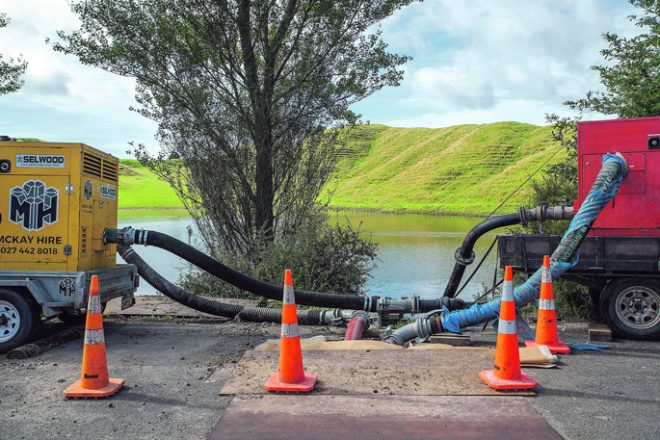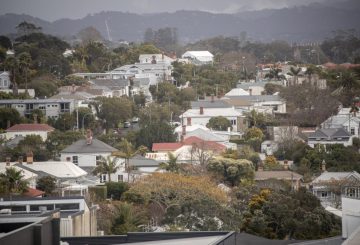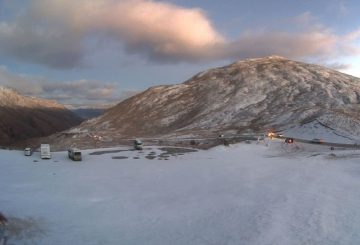뉴질랜드 베이 오브 플렌티의 마나와헤 로드 (Manawahe Road) 에서 20만 달러 규모의 배수 프로젝트 공사가 곧 시작될 예정입니다.이 프로젝트는 이 지역을 홍수로부터 보호하는 것을 목표로 합니다.화카타네 지구 협의회의 인프라 및 계획 위원회는 최근 회의에서 프로젝트 자금을 승인했다.
2022년과 2023년에 폭우로 이 지역에 심각한 홍수가 발생하여 2023년에는 한 달 동안 마나와헤 로드가 폐쇄되었습니다.도로 위에 있던 집 두 채가 심하게 파손되어 거주할 수 없게 되었고, 소유주는 보험금 지급에 의존해야 했습니다.침수된 지역에는 자연 배수구가 없었기 때문에 도로를 따라 있는 6헥타르 이상의 토지가 몇 달 동안 피해를 입었습니다.
위원회는 향후 홍수를 방지하기 위해 여러 옵션 중 가장 저렴한 방법을 선택했습니다.이 계획에는 도로 건너편에 맨홀과 연결된 배수로를 설치하는 것이 포함됩니다.흡입 호스를 사용하여 물을 제거할 수 있으며, 필요한 경우 물을 피해 건물 소유주의 토지로 배출할 수 있습니다.고려했던 다른 옵션의 비용은 1백만 달러에서 2백만 달러 사이인 것으로 추정됩니다.
보고서에 따르면 홍수를 일으킨 폭우는 46년에 한 번 발생할 것으로 예상됩니다.또한 위원회는 2022년과 2023년에 이 지역에서 폭풍으로 피해를 입은 도로를 복구하는 데 드는 비용이 140만 달러를 초과했다는 사실도 알게 되었습니다.뉴질랜드 교통국 와카 코타히 (Waka Kotahi) 가 비용의 대부분을 충당할 예정이며, 나머지 45만 달러는 뉴질랜드 교통청의 도로 폭풍 예비비로 충당한다.
브라에마 로드와 스탠리 로드를 포함한 이 지역의 다른 도로 수리 작업도 계속 진행되고 있습니다.이러한 수리 비용에도 불구하고 시의회의 교통 관리자인 앤 엘리스 레이놀즈 (Ann-Elise Reynolds) 는 예비 기금으로도 충분할 것이라고 말했다.
하지만 의회가 암거가 막혔다는 보고에 좀 더 신속하게 대응했더라면 브라에마 로드의 피해를 막을 수 있었을지에 대한 의문도 있었습니다.레이놀즈는 그동안 시의회가 폭우로 인한 몇 가지 문제를 다루고 있었으며 가능한 한 신속하게 대응했다고 설명했다.그녀는 배수구 내부에 손상이 생겼고, 이로 인해 물이 배수로를 우회하려 할 때 미끄러지는 현상이 발생했다고 덧붙였다.






























































